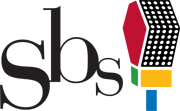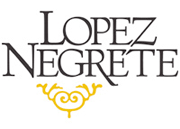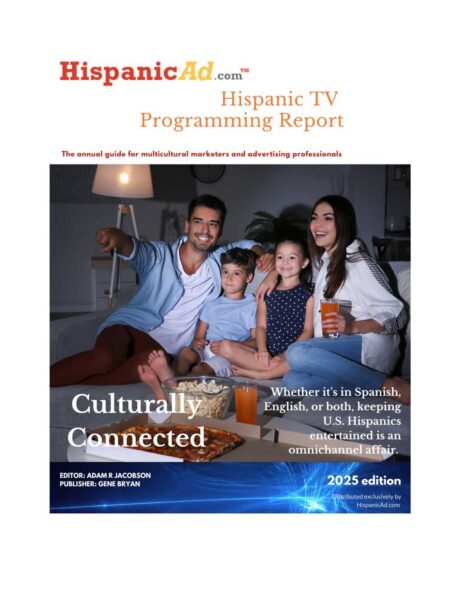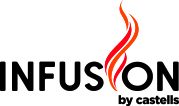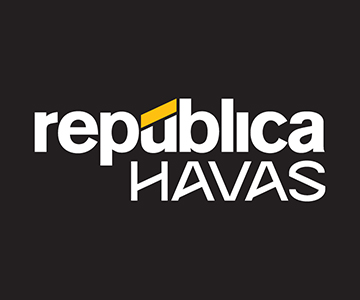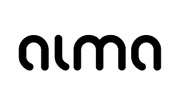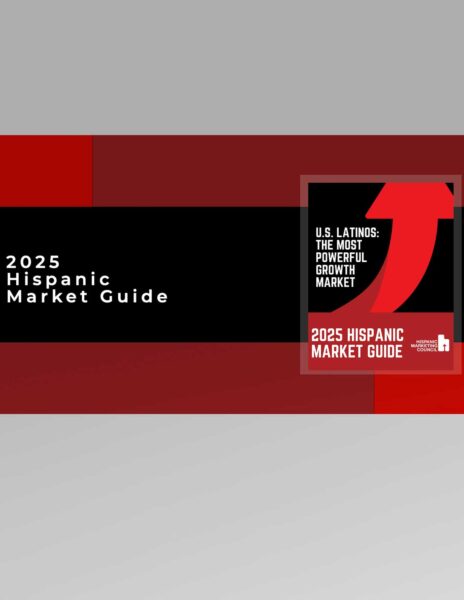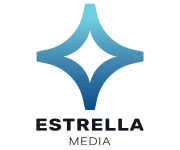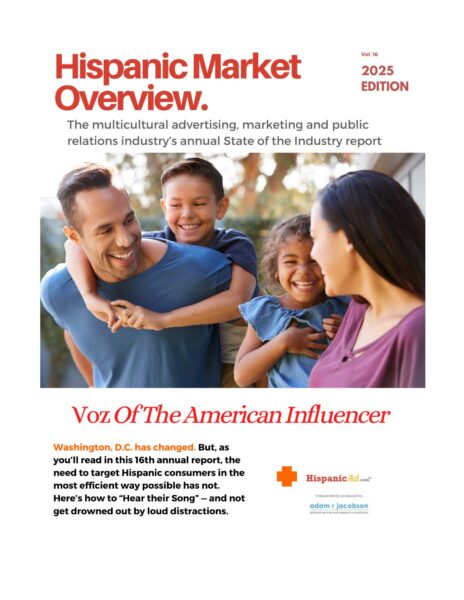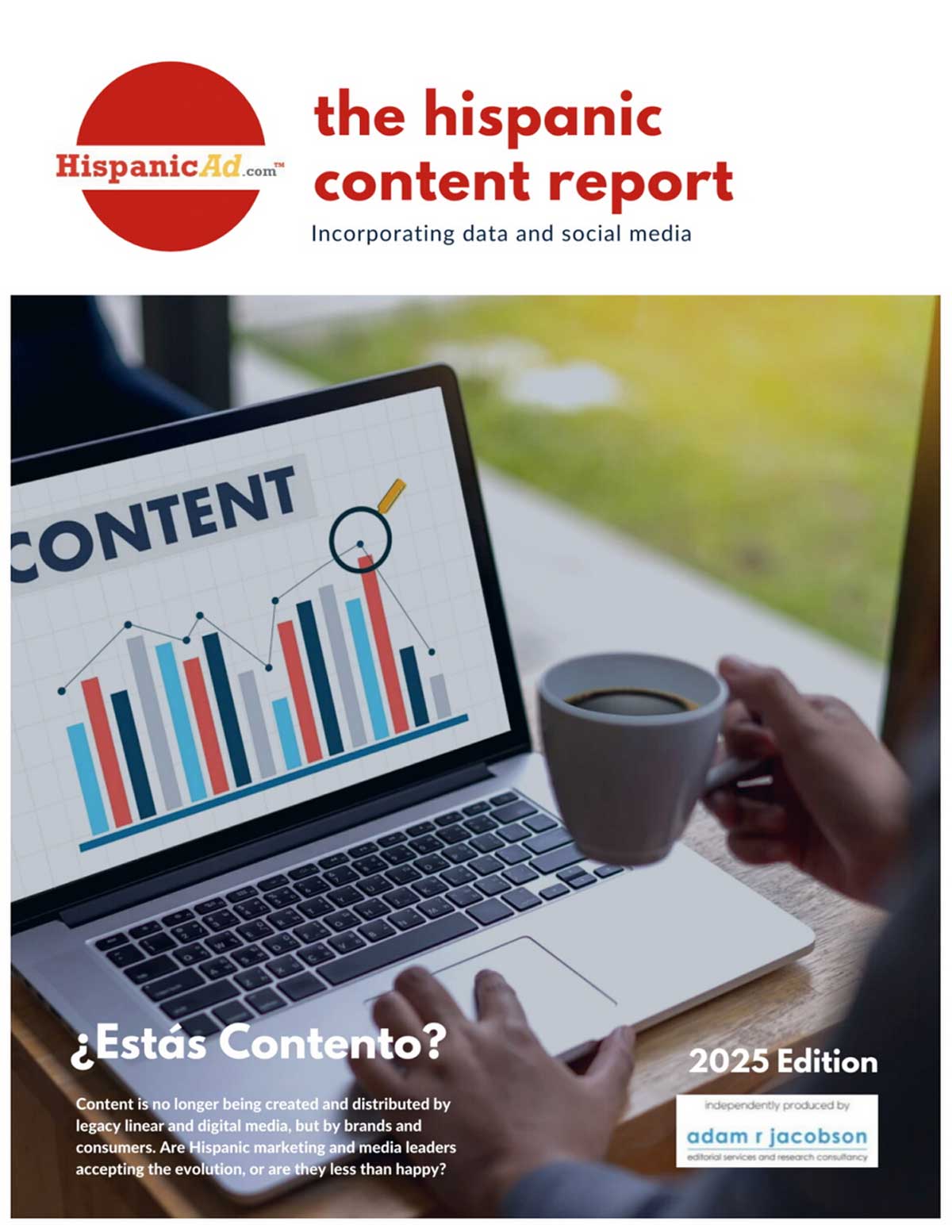Attribution, attribution, attribution: Spotify’s location-based playbook.
March 26, 2025

By Gonzalo López Martí – Creative Director
www.LopezMartiMiami.com/
- “I know that 50% of my advertising budget goes to waste. Problem is, I don’t know which 50%.”
- A phrase that belongs in the Cliché Hall of Fame*.
- It remains as relevant as ever nonetheless: attribution is the ultimate marker of advertising ROI.
- Attribution as in identifying which media outlets &/or touchpoints are more effective at obtaining your marketing objectives.
- Brand awareness, leads, acquisition, conversion, aided and unaided recall, purchase intent, etc, etc, etc.
- Attribution used to be an afterthought when the advertising toolbox was limited to five or six legacy outlets.
- Audiences were sitting ducks.
- Nowadays it is almost impossible to avoid being dragged into rollouts with a myriad moving parts.
- Good luck keeping it simple.
- The media landscape is an ever-deeper rabbit hole of complexity and fragmentation.
- Attribution is more critical than ever.
- “Our AI-powered programmatic model will optimize attribution for us”.
- Problem is, up to 60% of the metrics we buy from digital platforms are either inaccurate or outright fraudulent.
- To this day nobody knows what exactly YouTube considers a “view”**.
- First party data is the only way out of the labyrinth.
- Do you know who happens to think attribution is THE most important challenge marketers face today?
- Spotify founder and CEO Daniel Ek.
- Mr. Ek has double skin in the game: he sells ads to advertisers interested in engaging his subscriber base AND buys ads to maintain and expand said subscriber base.
- Here’s what he recommends.
- Let’s say you AB test ten different platforms to reach out to prospects.
- After careful comparison and consideration, you proceed to identify the three outlets that bring in the best results.
- While terminating efforts on the seven underperforming ones.
- Caution!
- Your three winners might change their algorithms overnight and you could end up empty-handed.
- Alphabet, Meta, Snap and TSNFKAT (the social network formerly known as Twitter) have done this several times.
- A serious headache for many a marketer &/or influencer.
- Listen to Spotify’s founder & CEO: when it comes to your marketing repertoire and funnel, keep your options open.
- Maintain a plan B, C & D, even if today they don’t look like much.
- You never know if Mark Zuckerberg is mulling a rug pull that could render your carefully crafted media plan useless in a matter of hours.
- Spotify is hardly a legacy company yet, oddly enough, Mr. Ek admits that good old word of mouth is still his best friend in the marketing toolbox.
- He has learned after years of trial and error that it takes no less than 8 recommendations from friends or peers for an individual to become a Spotify member.
- Verbal recommendations.
- Consequently, his company’s outreach is focused on high population density zip codes, namely college campuses.
- So.
- It’s inevitable.
- A sizable portion of our advertising stimuli will reach people who are not interested in our product or service and will not change their minds.
- There are no silver bullets.
- All we can do is hang in there and keep iterating.
- If it serves as consolation, let’s remember another quote by another famous businessman, Jim Simons, arguably the greatest stock trader of all time***, who said “we only need to be right 51% of the time”.
- It applies to Wall Street as much as it does to marketing: if you achieve your goals 51% of the time, the magic of compound interest will kick in.
*99% of clichéd phrases are attributed to either Winston Churchill or Henry Ford but this one in particular was coined, allegedly, to John Wanamaker, an American department store magnate from the 1900s.
** A YouTube view only counts if the user pressed play and watched for at least 30 seconds. Allegedly.
***Mr. Simons, one of the first “quants” (mathematicians) to descend upon Wall Street, famously never revealed the intricacies of his proprietary high-frequency trading model. Only senior employees of the company he founded, RenTech (Renaissance Technologies), have access to the code.






